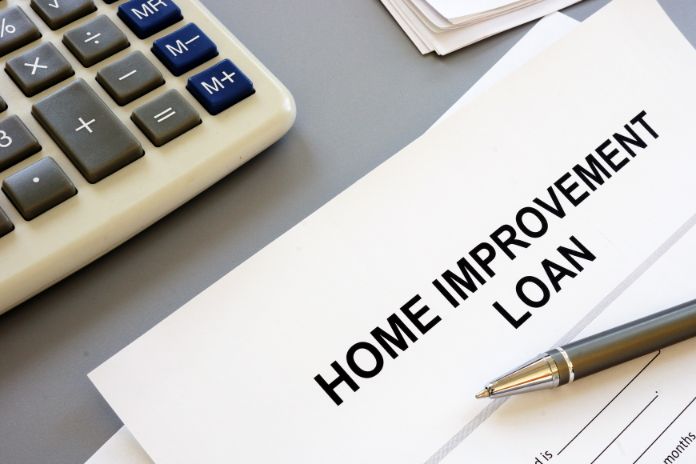Embarking on a home improvement project can be an exciting endeavor, whether you’re renovating a kitchen, adding an extra room, or giving your entire home a facelift. However, financing such projects can be a significant consideration. This is where home improvement loans come into play. In this comprehensive guide, we’ll explore the various types of home improvement loans, offer tips for obtaining them, and provide insights to help you make informed decisions about financing your dream renovation.
Understanding Home Improvement Loans
Home improvement loans are specialized forms of financing designed specifically for renovation or remodeling projects. They provide homeowners with the necessary funds to enhance the functionality, aesthetics, and value of their homes.
Types of Home Improvement Loans
1. Home Equity Loans:
These loans allow homeowners to borrow against the equity they’ve built in their homes. They typically have fixed interest rates and offer larger loan amounts for substantial projects.
2. Home Equity Lines of Credit (HELOCs):
Similar to home equity loans, HELOCs allow homeowners to borrow against their home’s equity. However, HELOCs function more like a credit card with a revolving line of credit.
3. Personal Loans:
Unsecured personal loans can be used for various purposes, including home improvements. They don’t require collateral but may have higher interest rates compared to secured options.
4. Cash-Out Refinance:
This involves refinancing your existing mortgage for a higher amount than what you owe. The excess amount is provided as cash, which can be used for home improvements.
5. FHA Title I Property Improvement Loan:
Insured by the Federal Housing Administration (FHA), these loans are designed specifically for home improvements and renovations.
Tips for Obtaining a Home Improvement Loan
1. Assess Your Budget and Needs:
Determine the scope of your project and establish a realistic budget. This will help you narrow down the type and amount of loan you need.
2. Check Your Credit Score:
A good credit score improves your chances of qualifying for favorable loan terms and interest rates. Review your credit report and take steps to improve your score if needed.
3. Research Lenders and Loan Options:
Compare offerings from different lenders, including interest rates, terms, and fees. Consider consulting with a financial advisor for guidance.
4. Prepare Necessary Documentation:
Have documents such as proof of income, tax returns, and property information ready when applying for a loan.
5. Get Multiple Quotes:
Request quotes from multiple contractors for your renovation project. This will help ensure accuracy in your budget estimates.
6. Read and Understand Loan Terms:
Pay close attention to interest rates, repayment terms, fees, and any penalties associated with the loan. Seek clarification on anything you’re unsure about.
7. Consider Professional Guidance:
Consulting with a financial advisor or loan officer can provide valuable insights and help you navigate the loan application process.
8. Plan for Contingencies:
Factor in a contingency fund for unexpected expenses that may arise during the course of your renovation.
Conclusion
Home improvement loans offer a valuable financial resource for homeowners looking to transform their living spaces. By understanding the types of loans available, assessing your budget and needs, and taking proactive steps to secure financing, you can embark on your renovation project with confidence. Remember, careful planning and informed decision-making are key to a successful and stress-free renovation journey. Happy renovating!

